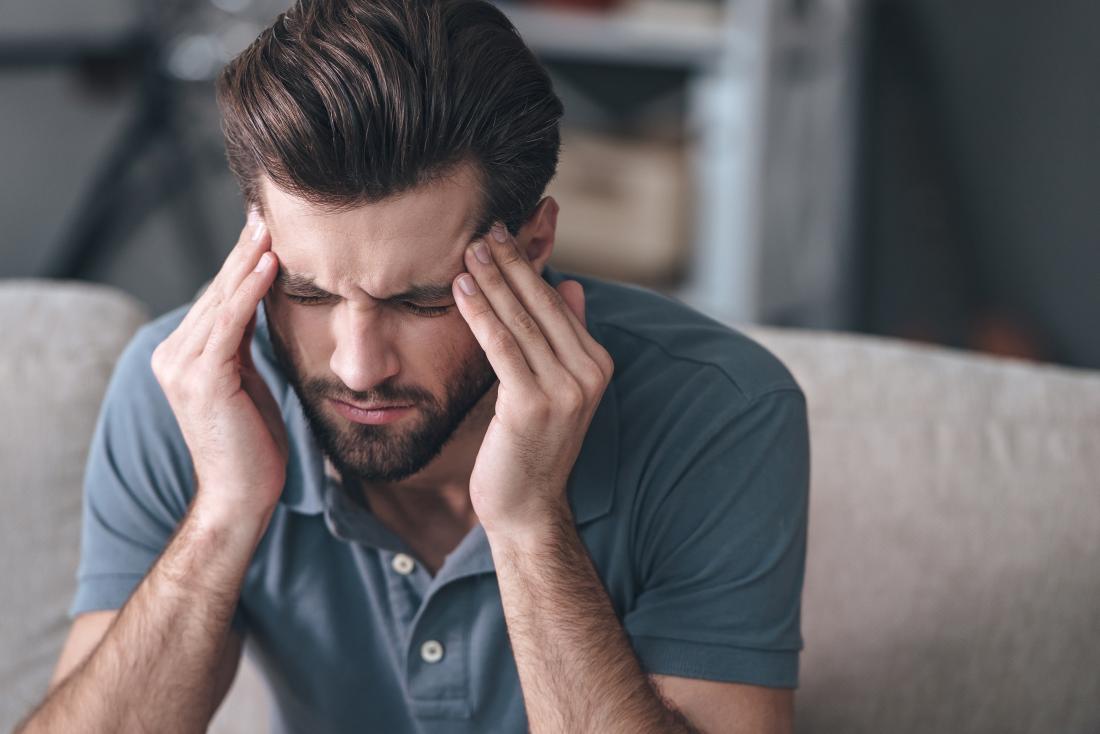Headache Central
"It's the type [tension headache] that people can usually treat by having some water and resting a bit."
"It's very difficult for sufferers [of migraine headaches] to go to work or even to socialize."
"[Try yoga or meditation to reduce stress, get more sleep, cut down on alcohol, eat a healthy diet, and avoid excess caffeine consumption that can lead to withdrawal headaches.]"
Giorgio Lambru, consultant neurologist, Headache Centre, Guy's and St.Thomas' Hospital, London
 |
| Photo: WebMD |
Tension headaches, characterized by a tight feeling in the neck and pressure behind the eyes, can be triggered by being tired, by skipping meals, by stress, dehydration. They are readily remedied by using a common over-the-counter painkiller like acetaminophen or ibuprofen. Medical science still puzzles over headaches, of which there are 300 types that have been identified. It's the rare person who doesn't suffer from some kind of headache, some of the time. It has been estimated that four of five in any population suffer with tension headaches, while one in seven experience migraines, which can seriously impact the quality of life.
Migraine headaches are serious disruptions in anyone's normal life with about one in seven people susceptible to migraines; women three times likelier to experience them than men. The effect of a migraine can be so severe that someone can spend days in bed, unable to cope with the pain. Vomiting, nausea and sensitivity to light or noise are among some of its symptoms. Four stages of progression occur from onset to fully-dimensioned pain, beginning with a pre-headache called the prodromal stage.
In that stage the sufferer is assailed by fatigue, low-feeling, and depressed appetite. Then comes the "aura" of flashing lights, blind spots even progressing to memory loss, fainting, or partial paralysis followed by a severe throbbing headache on one side of the head, along with nausea or vomiting. The "migraine hangover" concludes the process as the fourth stage arrives and with it exhaustion, irritability and difficulty in concentrating. Hormonal changes linked to menstruation can trigger migraine, as well as hunger, stress, insufficient sleep, weather changes, even certain foods.
 | ||||
| WebMD |
Unusually rare, and miserably severe is the cluster headache, with one or two in every thousand people afflicted, more commonly seen in men than women, with a pain that is uncommonly intense. Debilitating pain arrives swiftly with cluster headaches, felt on one half of the head, around one eye or one temple with sufferers seen to have a red or weeping eye on the pain side, a droopy eyelid and a blocked or runny nose. Such a headache can last fifteen minutes and as long as three hours.
With a cluster headache, the individual feels restless and in attempts to distract from the pain, paces back and forth. Efforts to relieve the intense pain has some sufferers banging their head against a wall, literally. The syndrome is called 'cluster' simply in reflection of the fact that the headaches arrive in clusters, occurring on a daily basis for a several-week period of unrelenting pain, at the same time each day. Spring and autumn appear somehow to trigger cluster headaches, attributable to changing weather systems.
Cluster headaches can run in families, beginning at age 30 and 40, with smoking increasing the risk of onset. Typically, an attack can initiate shortly after falling asleep, leading to advice to avoid napping since it can disrupt sleep-wake patterns, increasing the likelihood of cluster attacks. A drug called sumatriptan, taken by injection or in a nasal spray, or breathing oxygen through a face mask represents the most effective form of treatment for a type of headache that over-the-counter painkillers fail to affect.
And then there are trigger headaches that some people report are brought on by coughing, exertion, sex or consuming a particular food. The headache typically arises swiftly, lasting a short period, and trigger avoidance is the first line of therapy with the caution that this type of headache can occasionally indicate an underlying condition such as a tumour or aneurysm, making it mandatory that a doctor be involved for consultation.

Not least, painkilling medication used to excess paradoxically can cause medication-rebound headaches. Such a headache can be problematic to identify from the original headache. It is felt as a dull constant pain, more miserable in the morning hours. Using codeine or triptan-based drugs for over ten days a month, or paracetamol or ibuprofen for 15 days in a month, risks this type of headache occurring. Treatment? Stop using the painkillers....

0 Comments:
Post a Comment
<< Home